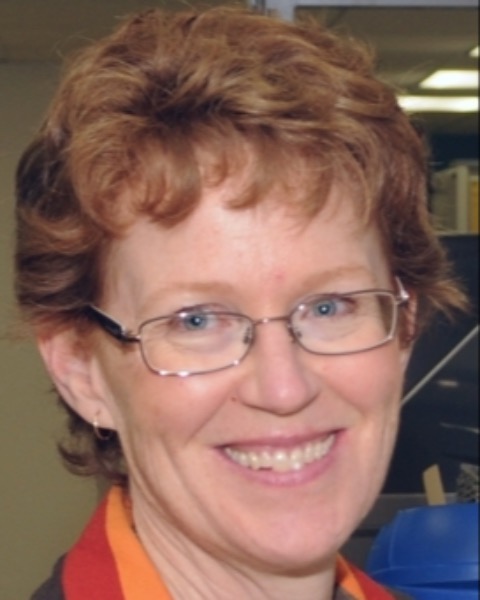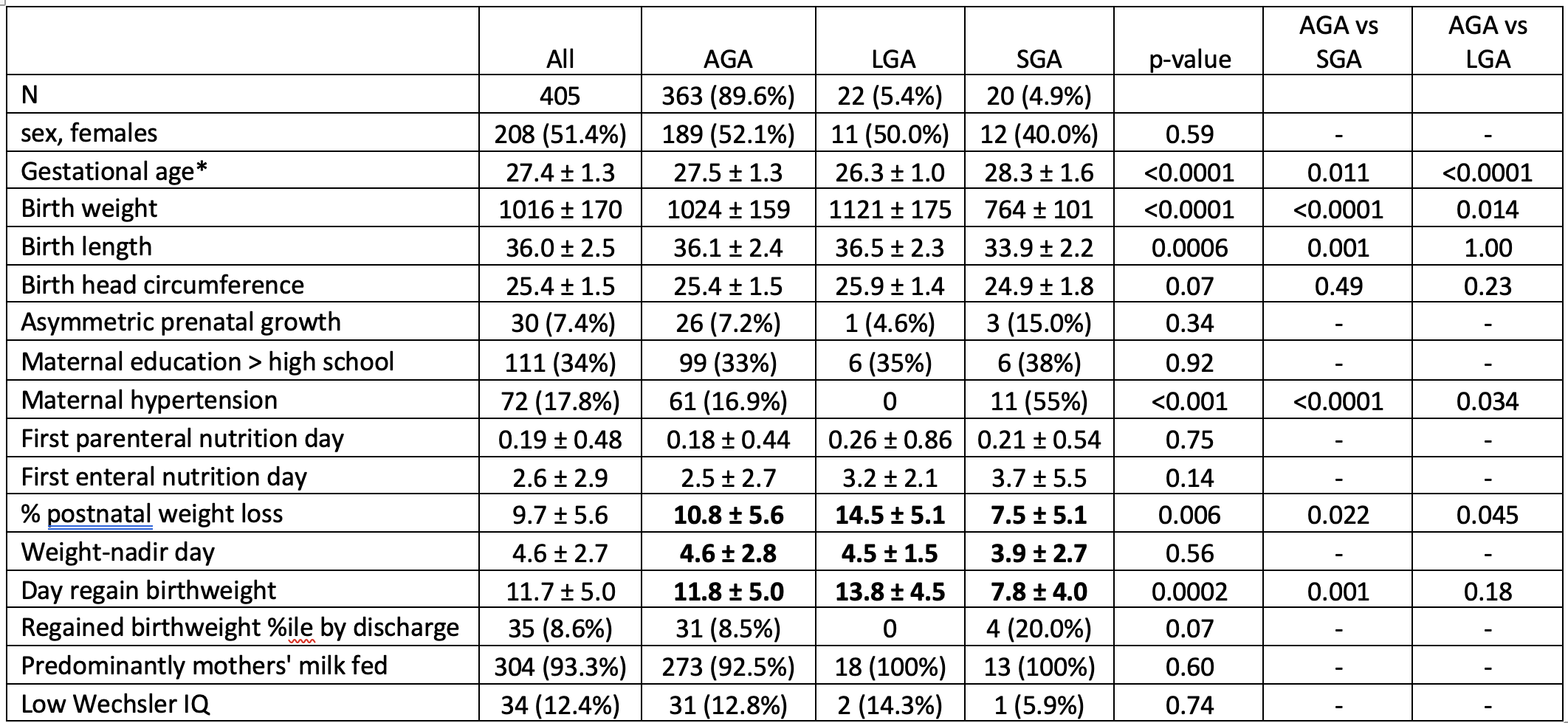Neonatology
Session: Neonatal Fetal Nutrition & Metabolism 1: Growth of Body and Brain
117 - Growth patterns by birth size of preterm children born at 23-29 gestational weeks for the first 3 years
Friday, May 3, 2024
5:15 PM - 7:15 PM ET
Poster Number: 117
Publication Number: 117.486
Publication Number: 117.486

Tanis R. Fenton, MHSc, PhD (she/her/hers)
Dietitian/Epidemiologist/Professor
University of Calgary
Calgary, Alberta, Canada
Presenting Author(s)
Background: Concerns are prevalent about preterm infant long-term growth regarding plotting low on growth charts at discharge as well as later stunting, underweight, high body fat, overweight, obesity and subsequent morbidities.
Objective: To examine a) longitudinal growth patterns of extremely and very preterm infants to three years corrected age (CA), categorized by their birthweight for gestational age: small, appropriate and large for gestational age (SGA, AGA, LGA, respectively); and b) the ability of growth faltering (<-2 z-scores) to predict low cognitive scores.
Design/Methods: Post discharge head, length, weight and weight-for-length growth patterns of the PreM Growth study infants born < 30 weeks and < 1500 grams, were plotted against the World Health Organization growth standard. Infants with brain injuries, necrotizing enterocolitis and bronchopulmonary dysplasia were excluded.
Results: The proportions of the 406 infants with anthropometric measures >-2 z-scores improved with age. The highest proportions for length (23.2%), weight (17.0%) <-2 z-scores were at zero months CA. The proportion with small heads (1.4-2.1%) and low weight-4-length (2.9 to 1.6%) were similar to expected rates (2.3%) by 4 months CA. Catch-up growth in length (3.1%) and weight (3.9%) to 3 years CA left few children smaller than <-2 z-scores. After zero months CA, Weight-4-length >+2 z-scores were rare (1.6% at 3 years CA). At 3 years CA, higher proportions of those born SGA had shorter heights (16.7% versus 1.8%) and lower weights (27.8% versus 1.8%) compared to those born AGA. None of the LGA children had measures <-2 z-scores nor W4L >2 z-scores at 3 years CA.
Conclusion(s): Although many children born < 30 weeks gestation plot low on growth charts at zero months CA, most grow to their genetic potential by 3 years corrected age when provided with appropriate support. These catch-up growth pattern can be used to reassure healthcare providers and counsel caregivers.
.png)

